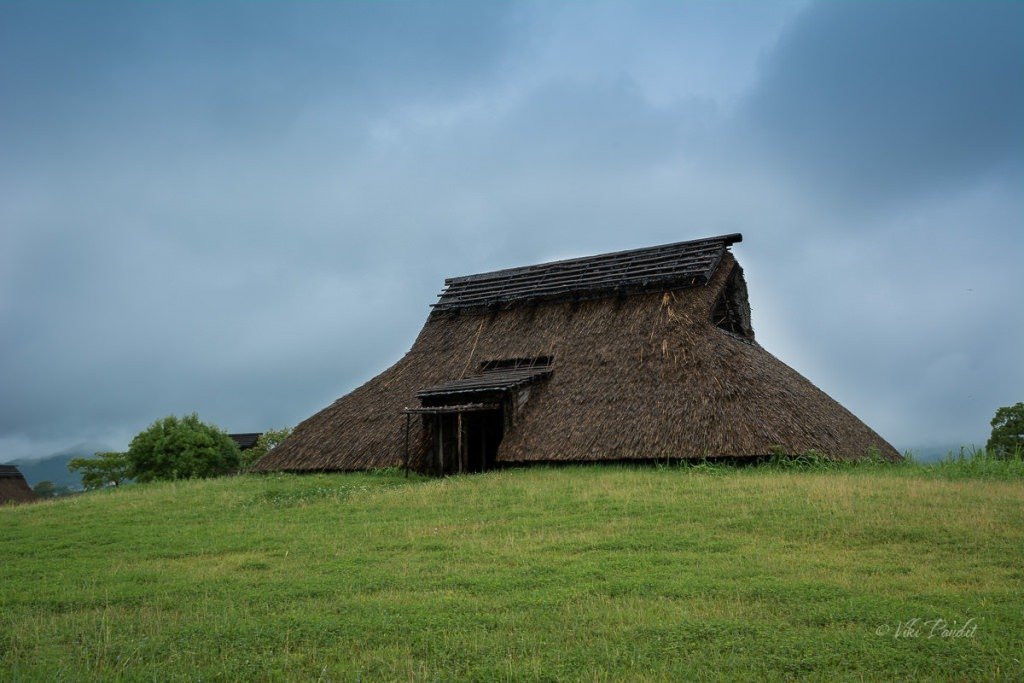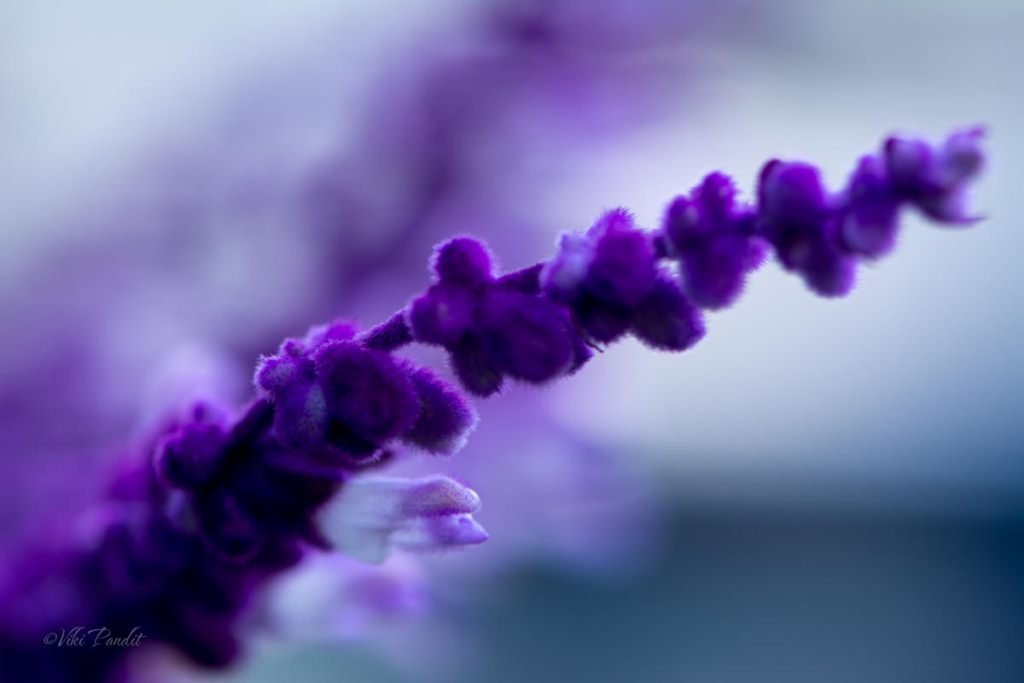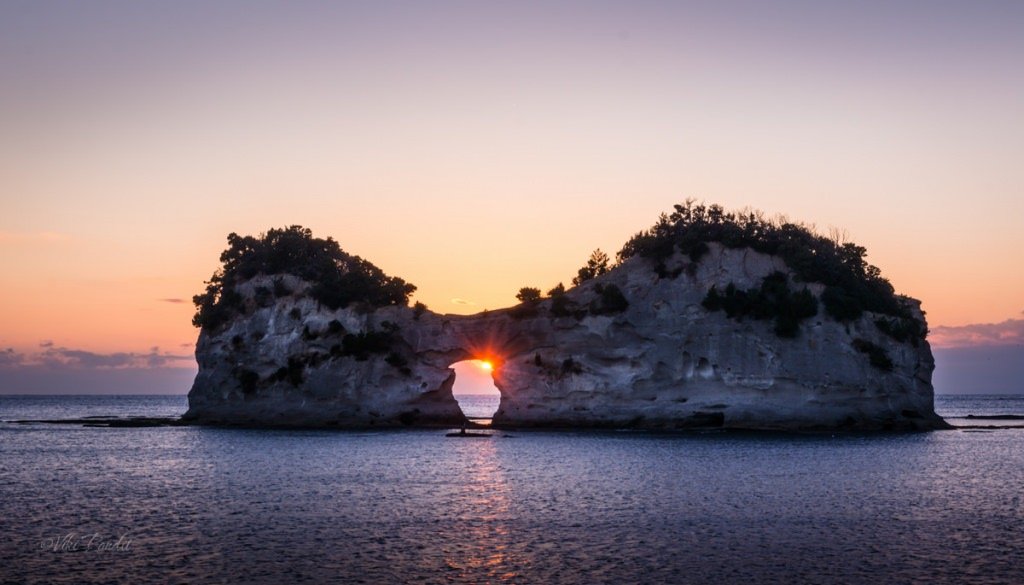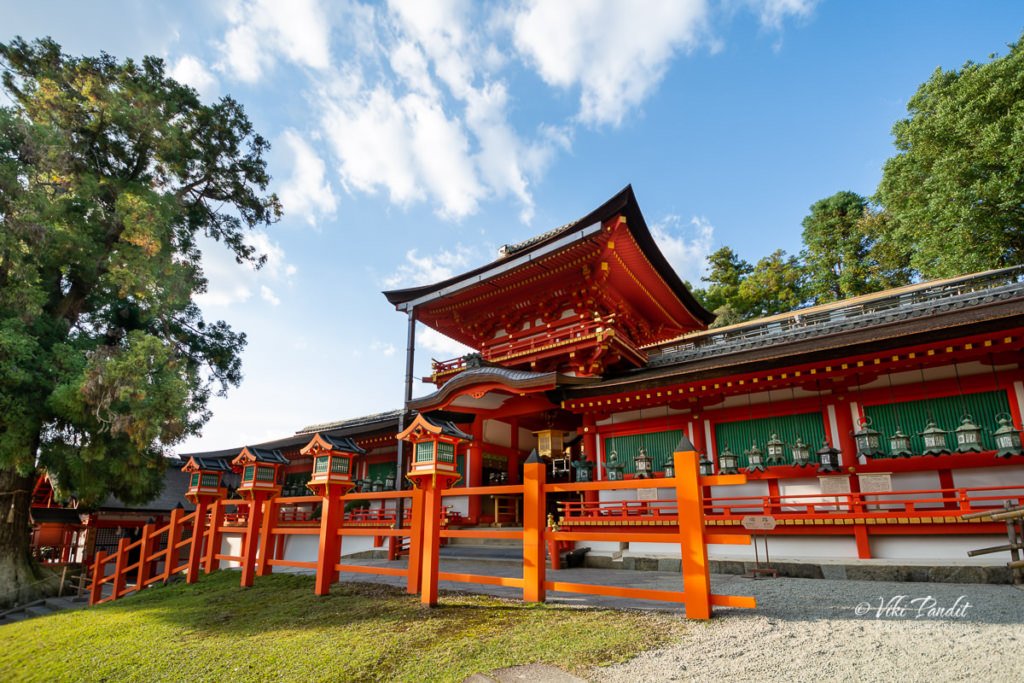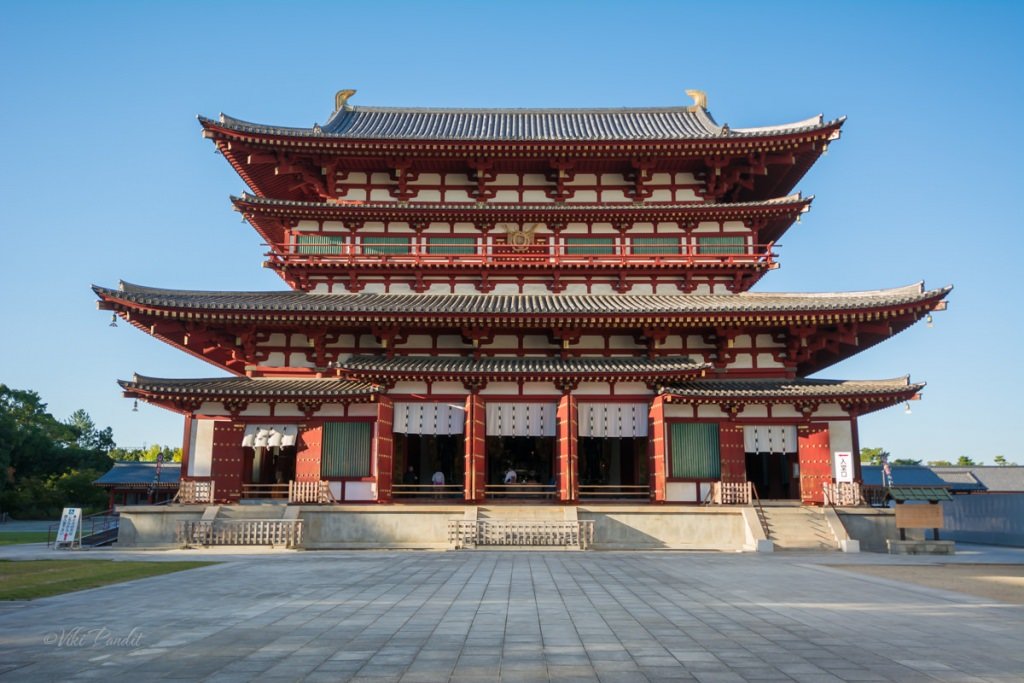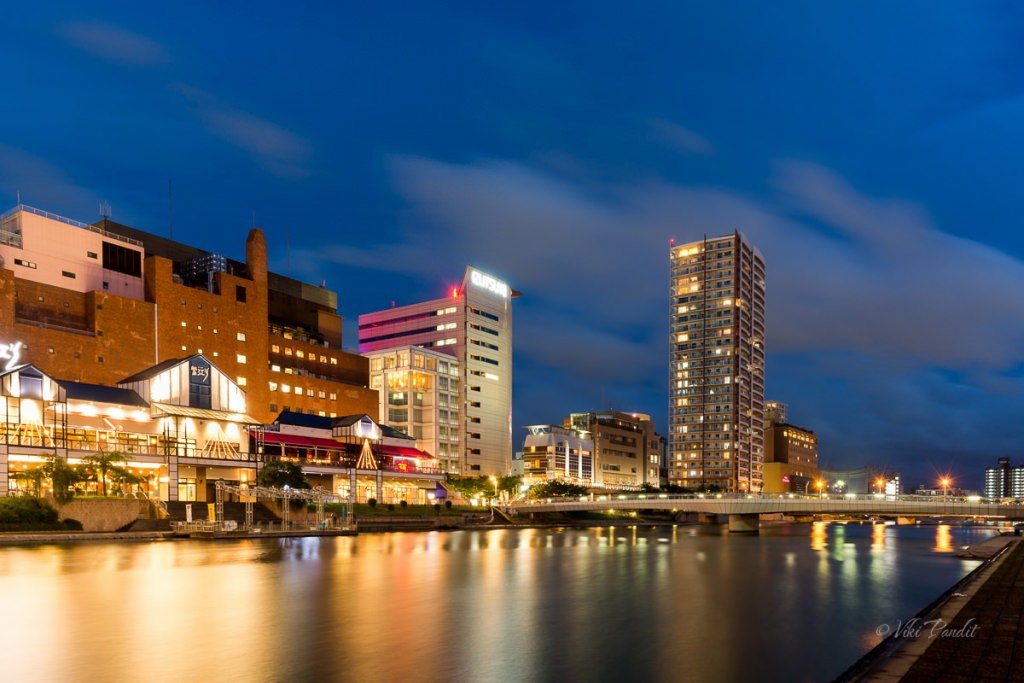
An evening stroll at Kokura Waterfront
Kokura city is the gateway to the Island of Kyushu from the Japanese mainland. We go for an evening stroll along the dazzling waterfront up to the 400 year old flatland Kokura Castle built towards the beginning of the Edo Period.
